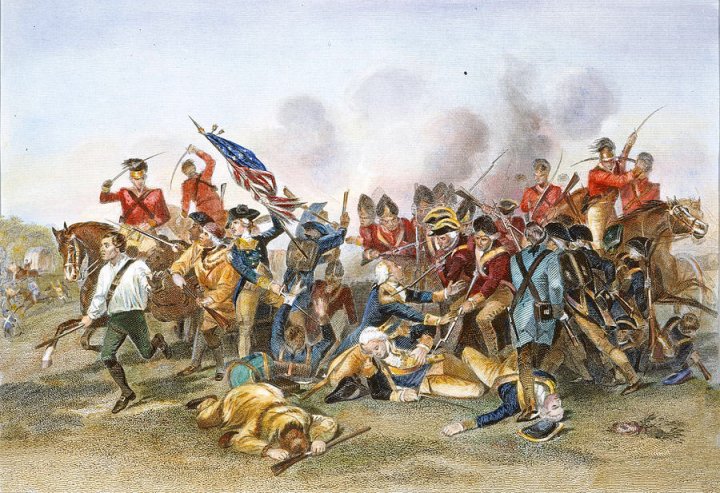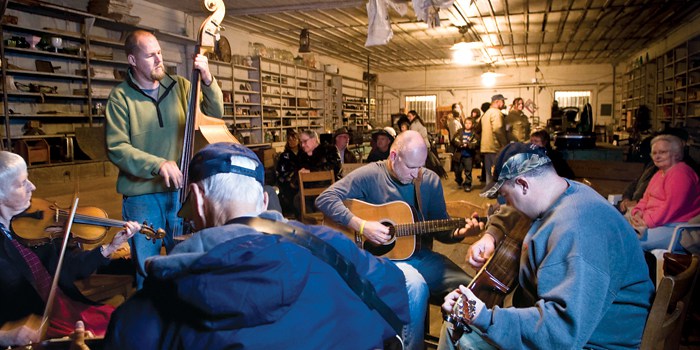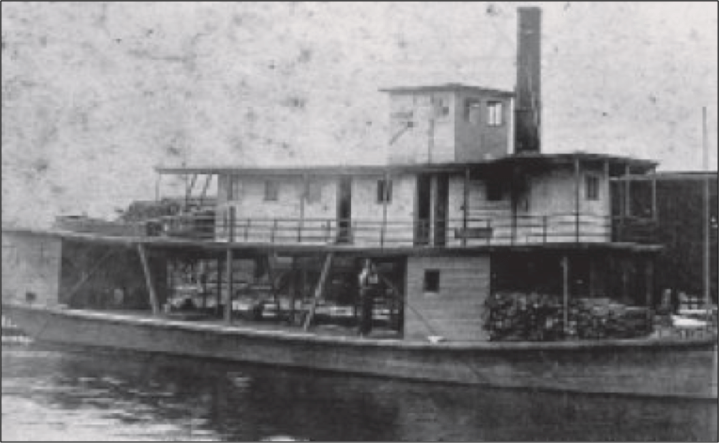While I predict many sub- posts on the various branches of the family in more detail later, I will attempt to provide a road map for amateur genealogists and my own family members who don’t know how all our family tree roots connect.
Let’s walk our way back chronologically to my ancestor Antoine Poitevin (later styled Poitevint or Portervint). Antoine was a Huguenot immigrant who left France shortly before the Edict of Fontainebleu. I gather he probably saw the hand writing on the wall in regards to the future of Protestants in France. He appears in London with his children in the early 1680’s and was a member of the London linen weaver’s guild, meaning he had obtained some social standing already, and was a denizen (naturalized immigrant) of the British Empire. In 1685, he emigrated to Charles Town, SC. He and his sons (including my (6th great grandfather Peter) are expressly listed in Lord Craven’s Proprietary Act No. 154 of 1696, whereby they were made citizens of the colony with full legal rights in exchange for taking the Oath of Allegiance to King William I (William of Orange). In the text of the Act, Antoine (Anthony) and his son Antoine are listed as weavers, and son Peter is identified as a planter. Peter and his family appear in the rolls of St. Thomas and St. Denis Church, Cainhoy, Charleston County.

The baptism of their son, James (1711-1761), is recorded in the Annals as taking place on October 21, 1711. James and his family relocated to the Cape Fear River basin in the 1720’s. There they married into a group of planters who grew their wealth exponentially, and who regularly appear in the historical record of that part of the Colony of North Carolina. James was a justice of the peace, judge, and highway commissioner, in addition to his required militia service. James is my representative ancestor in the Society of Colonial Wars. James’ son Isaac Poitevint, married Elizabeth Treadwell. Elizabeth is in turn descended from a prominent family, one which we will cover here briefly and in more detail elsewhere. The Treadwells are my Yankee line going back to Thomas Minor, Walter Palmer, and William Cheesborough, founders of Stonington and New London Connecticut. (Thomas Minor came over on a ship called Lyon’s Whelp, hence the blog name, and wrote one of the earliest diaries describing life in the old Massachusetts Bay Colony, link attached). Elizabeth Treadwell was the daughter of my 5th great-grandfather, John Treadwell, who emigrated from Connecticut, and who had a very distinguished record in the Revolutionary War. He rose to the rank of Major, and commanded men who fought at the Battle of Moore’s Creek Bridge (NC), Hanging Rock (SC), Fishing Creek (SC), and Camden (SC), which those familiar with Southern military history will recall were some of the most important battles of the War. As I promised readers of the blog, all of John’s service history can be found by using the hyperlink of his name (above). John’s service is also interesting because he was relatively old at the time of his service, and could have almost certainly sought exemption. John’s first cousin, also named John Treadwell, was the 21st Governor of Connecticut and a delegate to the controversial Hartford Convention, where New England states proposed secession (gasp!) from the United States when the country went to war with Britain in the War of 1812.

Back to Isaac and Elizabeth (Treadwell) Poitevin(t). Isaac and his father ran a gun factory for the State of North Carolina on the site of their plantation at Clear Run, North Carolina. I am proud to say that our family (the McLamb cousins) still have a farm there, and the site has been excavated by archaeologists. It is on the National Register, and there is a roadside marker describing the farm complex placed there by the State of North Carolina. Due to a rift in the family dating from 1910, (to be explained elsewhere!) we did not know the McLamb cousins well until the past decade. But boy do we love them now. Here’s a hyperlink to my cousins Amos and Josh playing bluegrass at the Clear Run Grocery on the Clear Run historic site, as portrayed by Our State magazine a few years ago.

Isaac and Elizabeth Poitevint had a daughter, Zilpah, who married John Robinson (no relation to my dad’s Robinsons). Their daughter, Elizabeth Robinson, married Amos J. Johnson, Sr. (d. 1873), and their son, Amos J. Johnson, Jr. (1843-1914), is my great-great grandfather and one my heroes. In the aftermath of the War Between the States, Amos, whose wealth was pretty much wiped out, built a whole new fortune. Amos built and ran a cotton gin, a furniture factory and store, the Grocery and a post office (he was postmaster for a while), and perhaps most surprisingly, owned and captained two steamboats. Clear Run also happens to be the most inland navigable point on the Black River, and for that reason, they had a steamboat landing. Amos’ two steamboats, the Lisbon and the A. J. Johnson, plied the Black River between the 1870’s and 1914. In 1914, the A.J. Johnson sank in a storm, and her wreck remains in the waters of the Black River adjacent to Clear Run Plantation. By then, the steamboat trade was surpassed by rail and decent roads. The last remnants of a bygone era.
